Announcer:
A PBS Wisconsin original production. The following program is part of our “Here & Now” 2020 election coverage.
Frederica Freyberg:
Wisconsin, another week as one of the nation’s hottest spots for COVID-19. Cases exceeding 3,000 in one day.
Andrea Palm:
To be clear, this is going to get worse before it gets better.
Tony Evers:
Our healthcare systems are being overwhelmed.
Frederica Freyberg:
And the relentless surge causes Governor Tony Evers to order a 25% capacity cap on establishments and to open the state’s first overflow alternate care facility in West Allis.
I’m Frederica Freyberg. Tonight on “Here & Now,” the latest on the coronavirus including the ongoing politics of the pandemic. New Marquette Law School Poll results show little shift in voter preference for president. Pollster Charles Franklin is here. Senior Political Reporter Zac Schultz reports from the campaign trail. This week how races are taking shape among suburban voters. It’s “Here & Now” for October 9.
Announcer:
Funding for “Here & Now” is provided by the Focus Fund for Journalism and Friends of PBS Wisconsin.
Frederica Freyberg:
Governor Tony Evers hopes new statewide restrictions on public indoor gatherings will help bring down the record breaking surge in COVID-19 cases in Wisconsin. The restrictions went into effect Thursday and will last until November 6th. The order reduces indoor gatherings to 25% capacity of an establishment. Places like retail stores, bars and restaurants. It makes exceptions for schools, childcare services, healthcare facilities and government offices, including polling places. It also excludes churches and political rallies.
Tony Evers:
We need everyone together to take precautions to keep our neighbors and communities safe. It is simply not enough to only wear a mask. We need folks to take further action to help stop the spread of this virus and flatten the curve. Because here’s the deal, folks. Our hospital systems are not invulnerable, either. Our healthcare systems are teetering.
Frederica Freyberg:
Republican leadership blasted the order calling it illegal because of the state Supreme Court ruling that invalidated the governor’s earlier safer-at-home order. We invited Assembly Speaker Robin Vos to join our program on this matter but he declined as did the Assembly majority leader. Speaker Vos did say this in a statement in response to the mass gathering emergency order. “With cases once again rising, it’s clear the governor’s go it alone, grab bag approach to responding to the coronavirus has been a failure. We must work together,” he says, “in order to keep our businesses open and our citizens safe. We would like to request a meeting with the governor as soon as possible to discuss answers to deal with the virus, especially solutions that don’t result in families going bankrupt and thousands being added to the unemployment lines.”
Since the high court overturned the safer-at-home plan, the state Legislature has not been in session to put its own rules in place in response to the pandemic and the Republican majority is suing to overturn the governor’s statewide mask mandate. A joint Legislative Rules Committee will meet Monday to possibly try to overturn the mass gathering order. All of this as Wisconsin is in the grips of an explosive surge in COVID-19 cases and the state will open a 530 bed field hospital at State Fair Park. The alternative care facility opens Wednesday as overflow for hospitals across the state.
Our next guest says unfortunately more people are going to have to die before policymakers accept we need laws to improve the health and safety of our state. Dr. Patrick Remington is professor emeritus at the Department of Population Health Sciences at UW-Madison. He joins us now and thanks very much for being here.
Patrick Remington:
Good to be here, thanks.
Frederica Freyberg:
How shocking to you are the numbers of positive cases Wisconsin is now seeing topping 3,000 day over day?
Patrick Remington:
Well, when I looked at models in the early part of the year in April and May, people were not predicting such a high number of deaths but over the summer as businesses opened up and people resumed what might be considered normal activities, but are now known as high-risk activities, models began to predict this. So really people who study COVID-19 and its transmission saw this coming and I don’t think they saw that Wisconsin would be one of the top states for the incidences but they certainly saw that there’d be continued community transmission and increasing numbers of deaths.
Frederica Freyberg:
The Secretary-designee of the Department of Health Services says she believes it will get worse before it gets better. Is that your supposition as well?
Patrick Remington:
Yeah. There is evidence that the transmission that we’re seeing is sustained. It is getting colder. People are moving indoors to places in Wisconsin that are quite popular for gathering indoors. Places like taverns and bars. And those places are really high risk. They have often poor ventilation with people in close cramped quarters and also speaking loudly and doing things that we know increase the risk of transmission. So I don’t think we’ve seen the worst of it as evidenced over the weekend. The greatest number of cases reported and our new average number of deaths is the highest it’s ever been.
Frederica Freyberg:
How fearful should we be about this?
Patrick Remington:
Well, I think two answers. One is individually I think you can control your own risk. Certainly if you are able to stay at home for most of the time, then you are — you have made a safe decision and you have eliminated the risk of becoming infected. But many of us can’t do that, especially essential workers and so I think safe practices, being outdoors as much as possible. When you’re indoors or can’t keep six feet of distance between you and others, wearing a mask. Not just to protect yourself but more importantly to protect others in case you’re sick and don’t know it. Many people — most people, in fact, transmit the virus before they have symptoms and many people don’t have symptoms at all. So the key part of the mask is protecting others in case you’re sick and don’t know it.
Frederica Freyberg:
In a perfect public health world, what should Wisconsin be doing to control this uncontrollable spread of COVID-19 right now?
Patrick Remington:
Well, I think universal mask use has been demonstrated in research studies and looking around the world as being able to cut in half the number of infections that we’re predicted to see. So I think the first thing is just accept this as the new social norm. I hope it won’t last forever but it is going to last for months and maybe years. So we have to just become accustomed to wearing masks when indoors, certainly. I even see people more and more wearing masks outdoors although that might not be necessary if you are more than six feet away and outdoors. I think it’s part of — becoming normative. Becoming the normal thing to do. So that alone can reduce the risk of transmission.
Frederica Freyberg:
What is your message to policymakers?
Patrick Remington:
Well first of all, look to the science. I think there’s good research happening. Don’t doubt when science evolves and we learn more things. People are doubting masks because at one time in February and March, the general assessment was that masks weren’t very effective. But we’ve learned more since. I think informed policy by the best available research, listen to your scientists and epidemiologists. The Department of Health Services has amazing staff both at the state and at our local public health department level. Listen to the experts and then respond with a policy that is evidence-based.
Frederica Freyberg:
What is your reaction to the super spreader events in Washington even as Wisconsin faces its own uncontrolled spread?
Patrick Remington:
Well, there is an Atlantic Monthly article that talks about 80/20. The idea that 80% of the infections are spread by 20% of the people. And we know that certain people are more likely to spread the disease and we know there are high-risk environments. Indoor environments that are poorly ventilated where people are crowding close together, maybe speaking loudly, like a bar or a tavern. We really need to avoid those settings. Those become super spreader events and I think we’re having those in Wisconsin. If you look at the northeast part of the state, you can see some of the highest rates of infection in the country. We just need to be smart about avoiding those settings and individually engaging in safe practices.
Frederica Freyberg:
Where do the politics of this pandemic leave the average citizen?
Patrick Remington:
I think politics generally, the Republicans and conservatives like small government and Democrats and liberals are in favor of government regulations. I think this is a place, where in public health, we understand that we do need some rules. We banned smoking indoors in restaurants and bars now almost a decade ago and that now seems very reasonable. It’s a government law. It did infringe on individual’s rights to smoke in indoor environments but now it seems very reasonable. We can’t even imagine, I think, a time when people smoked freely in bars and restaurants. I think the same applies to going indoors without a mask. It is almost like smoking indoors. By not wearing a mask indoors, you’re increasing the risk to others. So I think rules that follow that model of clean indoor air are very reasonable and shouldn’t be a partisan issue.
Frederica Freyberg:
We need to leave it there. Dr. Pat Remington, thanks very much.
Patrick Remington:
Thanks for having me.
Frederica Freyberg:
In election news, this week’s Marquette Law School Poll results. The survey was taken after the first presidential debate and while Wisconsinites considered the news of President Trump’s coronavirus infection. Poll Director Charles Franklin joins us now to go over the results. Thank you for being here.
Charles Franklin:
Always a pleasure.
Frederica Freyberg:
So your polling shows just a 1 point shift in margin since early September.
Charles Franklin:
We’ve had very little shift. It is a five point Biden lead this month. It was four points in September. If you go back to May, the Biden has led in all of them but by four, six, five, four, and now five again. Easy summary would be five percent plus or minus one.
Frederica Freyberg:
You said it’s the phenomenal story of this administration that events that we think are massive and should have gigantic impacts don’t. Why is this even after the debate and the COVID diagnosis?
Charles Franklin:
I think one part of the story, of course, is partisan polarization and we have such strong views of Trump. 30 to 35% say they strongly approve of the job he is doing. 45 to 48% say they strongly disapprove. So that’s one part of it. But I do think the other thing is as we’ve seen major event after major event, none of them have fundamentally changed the views of the president because the president hasn’t changed much in response to those. And so Trump is Trump. The consistency of the image he presents, the style he adopts, and the things he says have been consistent as we’ve gone through all the various events and crises of the last four years. And so in that sense there has been no moment when he looks like a different person than he had been before. Including his illness this weekend.
Frederica Freyberg:
True enough. How significant is that undecided number of 8%?
Charles Franklin:
It’s half or less of what it was four years ago. So that’s an important fact that it is a less volatile electorate, a less undecided electorate than four years ago. When we look at who those folks are, they tend to be nonpartisan, don’t lean to either party. They tend to not approve of the job Trump is doing but they also tend to not like Joe Biden very much. And so that is a question of will they stay home, will they vote third party, or will in the end they come back to one candidate or the other? But as of now, it looks like they are fairly evenly divided. A lot of them simply refuse to be pushed towards one candidate or another. About 60% of those undecided folks when we pushed them say, “No I really am undecided.”
Frederica Freyberg:
You spoke to this a moment ago but the President’s overall job approval numbers are under water, 52% disproving to 44% approving and yet he has good approval on the economy.
Charles Franklin:
That’s right. We’ve seen this consistently throughout his term and certainly over the last six months. He has been about 8% more disapprove than approve as we are now or sometimes 10 but the economy does remain the strong suit. 51% approve of the job he is doing there. Compared to just 41% on the coronavirus and 37% on handling protests. So the economy is the strong suit.
Frederica Freyberg:
Let’s go ahead, speaking of coronavirus, and look at Tony Evers coronavirus approval and disapproval numbers. 56% approve of how he is handling the pandemic. What do you think explains that, even though it’s his lowest approval since March?
Charles Franklin:
You’re right. In March he shot up to a phenomenal 76% on handling COVID. This was a phenomenon we saw across the country where governors in most states got really high marks for their initial response. That support has fallen off in the months since, though with Evers, it’s still solidly net positive. I think part of it is simply that governors were proactive in addressing and dealing with the virus even though certainly there have been disagreements with them over that. With President Trump he only hit a high of 51% approval on coronavirus in March. And has fallen off, as I said, down to 41% now. Never as high as the governors got.
Frederica Freyberg:
Speaking of being proactive, the mask mandate has 72% support. A big number even as Republicans are in court trying to overturn it. What do you think is the political science of turning a public health crisis partisan in this way?
Charles Franklin:
It is sort of striking that it has become as partisan as it is. In this month’s poll, though, we saw near unanimity among Democrats. 98% supported the masks. 66% of independents. But among Republicans it was an even split 47 to 48 or 49. So you know, a lot of political issues will see 80% of one party going one way and 80% of the other but actually Republicans evenly divided here. Seems like more of a balance within the GOP than what you see in court. And the arguments that elected Republicans make in a much more critical of the governor’s mask mandate. Very few elected Republicans that I’ve heard are supporting that mandate but their party, their rank and file are evenly split on the issue.
Frederica Freyberg:
Wow, you know your numbers. Thank you very much. We had more slides we wanted to get to but we can’t do it today. Charles Franklin, you will be back the last week of this month with your final poll before the election. Thanks very much.
Charles Franklin:
Thank you. Look forward to it.
Frederica Freyberg:
In this news on election returns, a federal appeals court late this week ruled that absentee ballots must be delivered to Wisconsin election clerks by 8:00 p.m. on Election Day to be counted. The court put on hold an earlier ruling that extended the deadline by six days. The Wisconsin Elections Commission says election clerks are by now used to last-minute changes.
Meagan Wolfe:
We’re a well-oiled machine when it comes to making sure we have to get information out to our local election officials. It’s, again, something we have had a lot of practice in and are able to pull together that group of people.
Frederica Freyberg:
The Milwaukee County District Attorney this week decided not to criminally charge a Wauwatosa police officer with shooting and killing 17-year-old Alvin Cole outside Mayfair Mall in February. The officer has shot and killed three people in the line of duty in five years. D.A. John Chisholm stated Cole did not surrender a weapon and was shot about Officer Joseph Mensah. Chisholm said there is sufficient evidence the officer had an actual subjective belief that deadly force was necessary and that belief was objectively reasonable. An independent investigator hired by the city said the officer should be fired. Marisa Wojik reports on reactions opposed to Chisholm’s decision.
Marisa Wojik:
On Wednesday, Alvin Cole’s family called and their attorney for Officer Joseph Mensah to be fired and criminally charged.
Tracy Cole:
At this time Chisholm did not justify my son’s murder by Joseph Mensah.
Kimberly Motley:
Chisholm did not say the shooting was justified and that’s really important because normally for these things if he believes that, he will say that.
Marisa Wojik:
Protestors in Milwaukee walked the streets Thursday for what they say is yet another miscarriage of justice.
Khalil Coleman:
When the facts have been presented that Officer Joseph Mensah acted on his own accord and not in policy and not in procedure of Wauwatosa Police Department or even in the best integrity as a police officer. That’s very concerning for us to have a district attorney who’s been in place for 20 years who is supposed to be an expert at these type of things to render no criminal charges and he is still finds the shooting unjustified. That’s very concerning for us and that’s definitely not justice.
David Bowen:
It is very clear when you are advocating for systemic change you should expect that system to give you every bit of resistance and opposition, to really shift the foundation of that system and we know that currently our system of public safety, our system of policing is not accountable to black lives. It’s not accountable to the black community and we’re doing everything we can to make that shift.
Darius Hayes:
I think that Officer Mensah was not fit for duty after the first shooting. And now there has been two more since then and it is just time. It’s time. The people are tired and they gonna make their voices known and they’re not gonna stop until our officials listen to the people.
Frederica Freyberg:
The night of the charging decision brought demonstrations and protests to Wauwatosa and the governor activated the National Guard to help local police in their response. Police lines and tear gas met people protesting the death of Alvin Cole. Stark lines between the calls for law and order colliding with people calling for racial justice. And this happening in a Milwaukee suburb grappling with those very issues in an election race for the state Assembly where redistricting drew it up as a Republican seat but a Democrat won there two years ago. The city of Wauwatosa makes up an important swing part of the district. As Zac Schultz reports tonight, the Republican hoping to win the seat makes plain her law and order platform.
Zac Schultz:
Democrat Robyn Vining burst onto Wisconsin’s political scene in 2018 when she won the traditionally Republican 14th Assembly District.
Robyn Vining:
For us, it’s people matter. That’s at the core. So in 2018, we broke the record of numbers of doors knocked for an Assembly campaign.
Zac Schultz:
The 14th runs east/west and contains parts of the Milwaukee suburbs of Wauwatosa and Brookfield. Vining won the open seat by just 138 votes and she had to appeal to all voters.
Robyn Vining:
We ran a campaign last time focused on people. Democrats voted for me. Independents voted for me. Republicans voted for me.
Zac Schultz:
The question for Vining is whether she can keep that coalition together.
Robyn Vining:
I’m running for office based on how did I do my job for those first 15 months before there was a pandemic? How have I done my job as a legislator during the pandemic?
Bonnie Lee:
I’m Bonnie Lee. I’m running for State Assembly in this district.
Zac Schultz:
Republican Bonnie Lee says she respects the work Robyn Vining put in to get elected but says she needs to be replaced.
Bonnie Lee:
I believe that I represent this district actually a little bit more accurately.
Zac Schultz:
Lee says there is one core issue that voters in the suburbs are worried about. Public safety.
Bonnie Lee:
Really, after about the last couple of months this issue has come to the top. There is not a day that goes by that I don’t talk with somebody who says we are thinking of leaving. In particular Wauwatosa, Milwaukee. That’s how communities die. We can’t have that happen here.
Zac Schultz:
Bonnie Lee is not the only Republican talking about this. Donald Trump spent the summer campaigning on law and order in response to the protests against police shootings that popped up around the country.
Donald Trump:
Because we’re for law and order. They say don’t use that term. It’s too tough. No, everybody wants law and order.
Andrew Hitt:
Public safety, law and order as the President would say, is sort of going to be front and center on the ballot in November.
Zac Schultz:
Andrew Hitt is chairman of the Republican Party of Wisconsin. He says the shooting of Jacob Blake in Kenosha and the subsequent protests that saw fires and a teenage vigilante kill two people were a turning point in the state.
Andrew Hitt:
What happened in Kenosha is very unfortunate I think but it did refocus a little bit this race, at least for Wisconsin.
Ben Wikler:
Trump has fueled the chaos and fueled the violence and cheered on a vigilante who came to Kenosha and shot two people dead.
Zac Schultz:
Ben Wikler is chair of the Democratic Party of Wisconsin.
Ben Wikler:
I think the Republicans are fooling themselves if they think that people like the chaos that they’re experiencing under Donald Trump.
Zac Schultz:
Donald Trump is not running for State Assembly in Wauwatosa but his presence looms over every race down the ballot.
Bonnie Lee:
Got a presidential campaign going on that’s pretty polarizing on both sides.
Zac Schultz:
Across the country, 2018 saw suburbs that were once Republican strongholds turn blue. In Wisconsin, Robyn Vining was the only Democrat to accomplish that.
Gordon Hintz:
The suburbs have changed dramatically.
Zac Schultz:
Democrat Gordon Hintz is the Assembly minority leader. He hopes to expand on Vining’s win.
Gordon Hintz:
There are a number of districts similar to hers. Sometimes even maybe perhaps with better numbers that I think there is a roadmap and I think we have candidates that really reflect the model and the style that Representative Vining has demonstrated is successful.
Zac Schultz:
For her part, Vining says there’s no magic formula.
Robyn Vining:
The formula that matters is that the community rises up and claims the seat. How that happens is going to be different in every community, right?
Bonnie Lee:
I’m running for State Assembly in this district.
Zac Schultz:
Bonnie Lee says the district didn’t rise up against Republicans and people didn’t change their minds. She said the 14th started voting democratic when Democrats moved out of Milwaukee.
Bonnie Lee:
I certainly see that here in Wauwatosa. It used to be that if you were a city worker, you must live in the city of Milwaukee. And then that was lifted and plenty of people moved in to Wauwatosa. Quite a few of those were educators with the teachers union.
Robyn Vining:
It’s not always about partisanship. People vote for people versus party. I think honestly, I think that’s the trends.
Zac Schultz:
Whether Vining has made the 14th a true swing district remains to be seen in November. But the fact is, the 14th was created to elect Republicans. Court documents from redistricting lawsuits show Republicans drew the 14th Assembly lines so the voter makeup was between 57 and 59% Republican. In the years Democrats put up a challenger, the Republican received 57% and 59% of the vote. But in 2018, the Republican received 48% of the votes and Robyn Vining received 138 more than that.
Robyn Vining:
I don’t think that we are as polarized as we think we are. That Democrats live in one area and Republicans live in one area. I think that people vote for both parties.
Zac Schultz:
Reporting from Wauwatosa, I’m Zac Schultz for “Here & Now.”
Frederica Freyberg:
Coming up next week, Zac Schultz shows us why Republicans and Democrats have such different approaches to campaigning in the COVID era and what that might mean for turning out the vote. You’ll find more reporting on COVID developments in Wisconsin by visiting our partners at WisContext.org.
That is our program for tonight. I’m Frederica Freyberg. Have a good weekend.
Announcer:
For more “Here & Now” 2020 election coverage, go to PBSwisconsin.org and click on news. Funding for “Here & Now” is provided by the Focus Fund for Journalism and Friends of PBS Wisconsin.
Search Episodes

Donate to sign up. Activate and sign in to Passport. It's that easy to help PBS Wisconsin serve your community through media that educates, inspires, and entertains.
Make your membership gift today
Only for new users: Activate Passport using your code or email address
Already a member?
Look up my account
Need some help? Go to FAQ or visit PBS Passport Help
Need help accessing PBS Wisconsin anywhere?

Online Access | Platform & Device Access | Cable or Satellite Access | Over-The-Air Access
Visit Access Guide
Need help accessing PBS Wisconsin anywhere?

Visit Our
Live TV Access Guide
Online AccessPlatform & Device Access
Cable or Satellite Access
Over-The-Air Access
Visit Access Guide
 Passport
Passport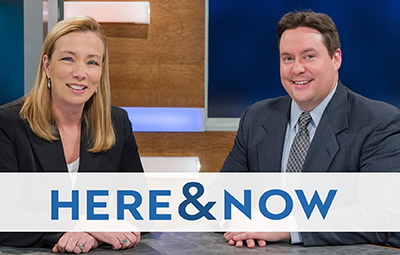


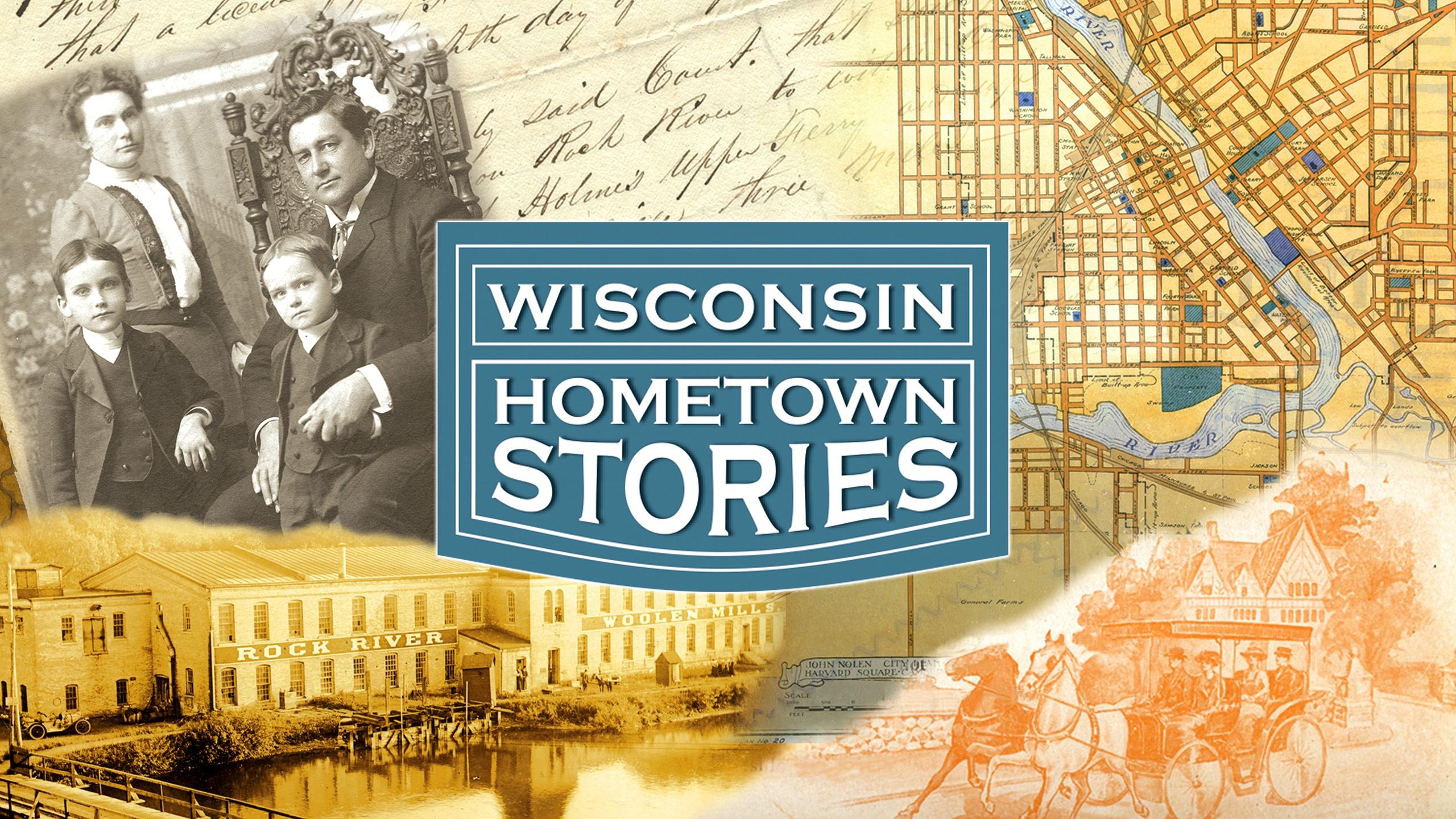


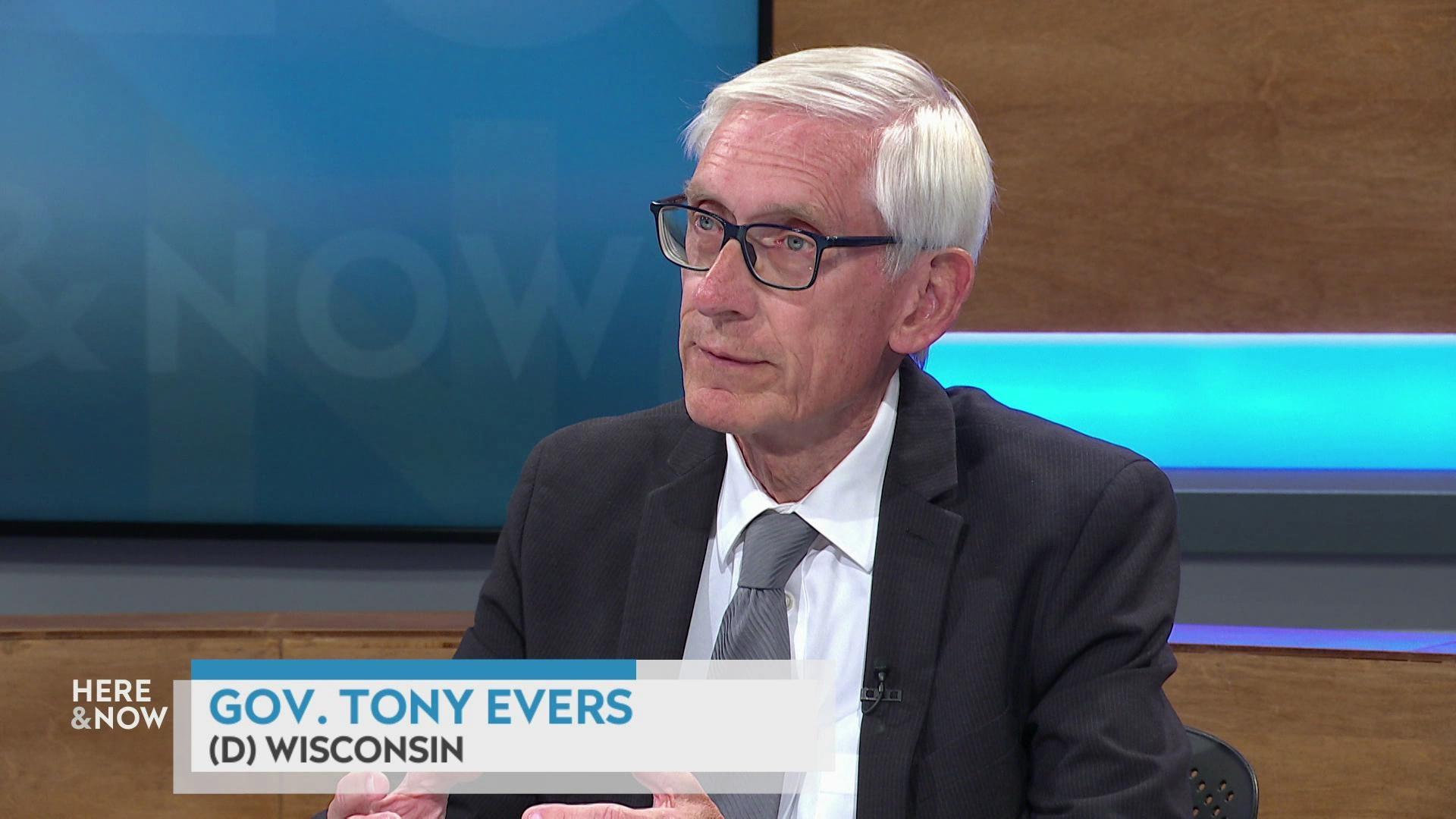
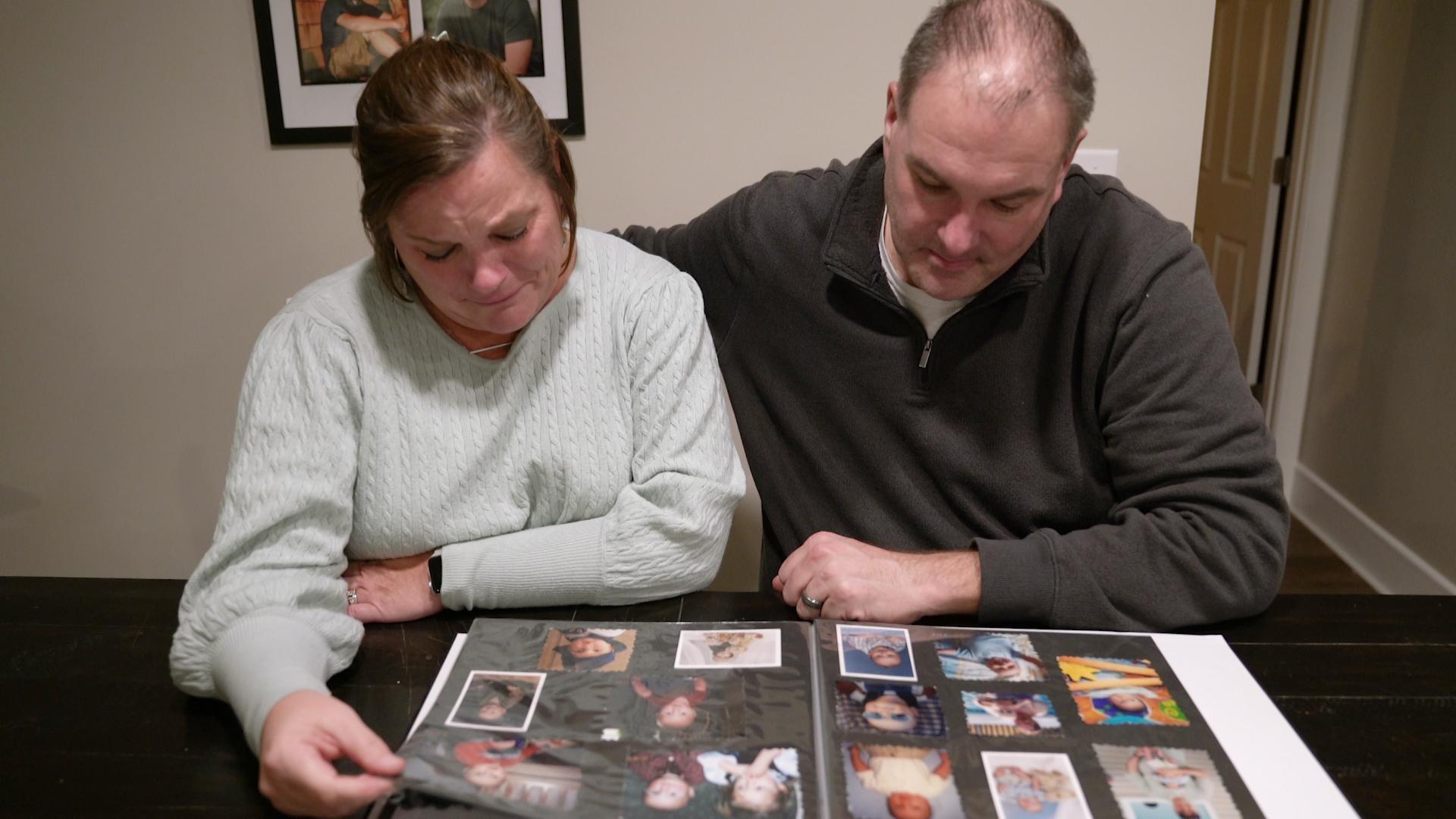
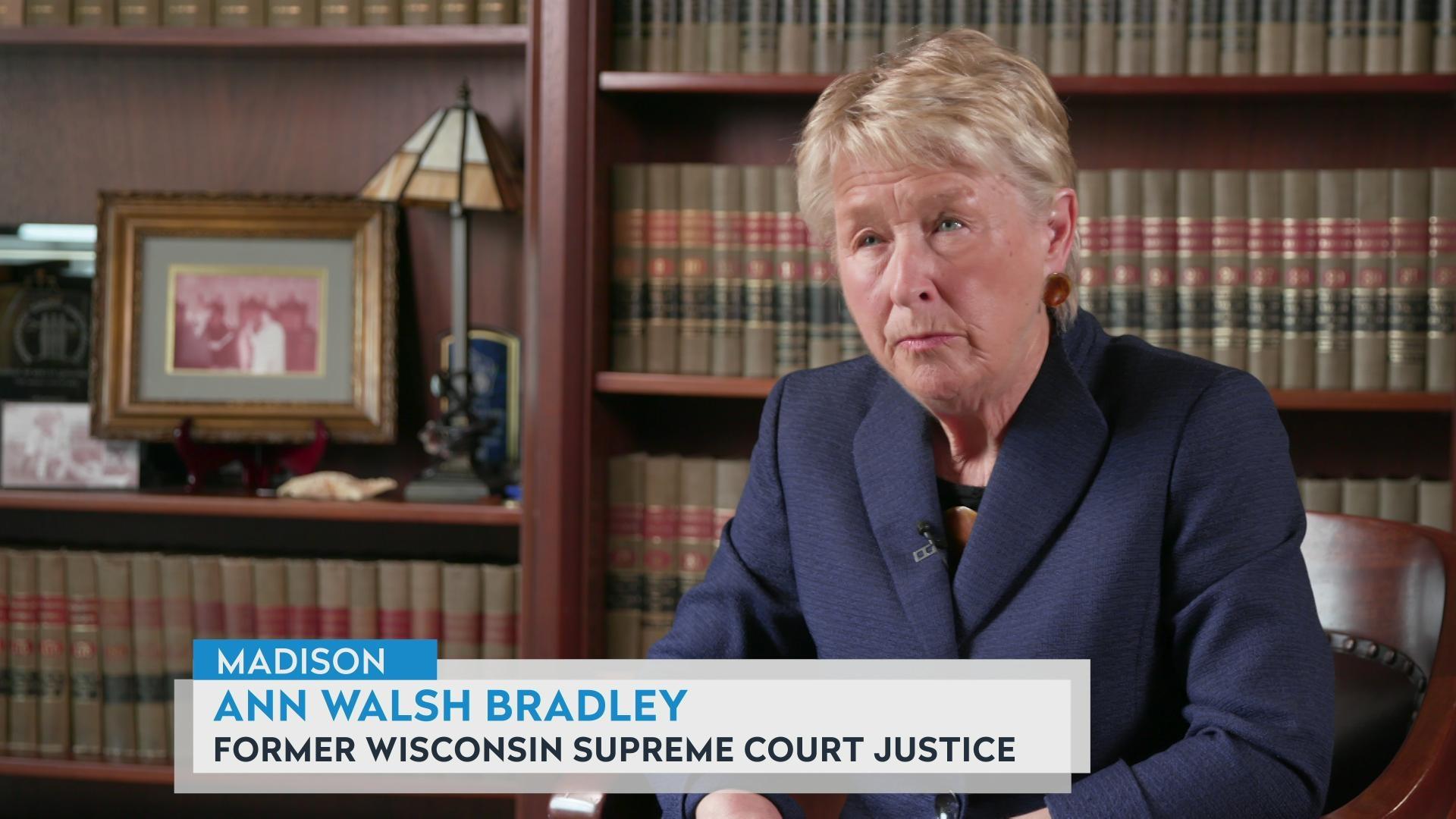
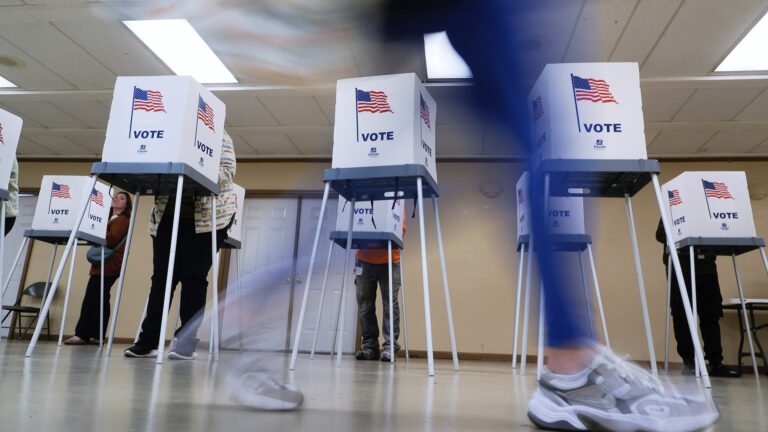
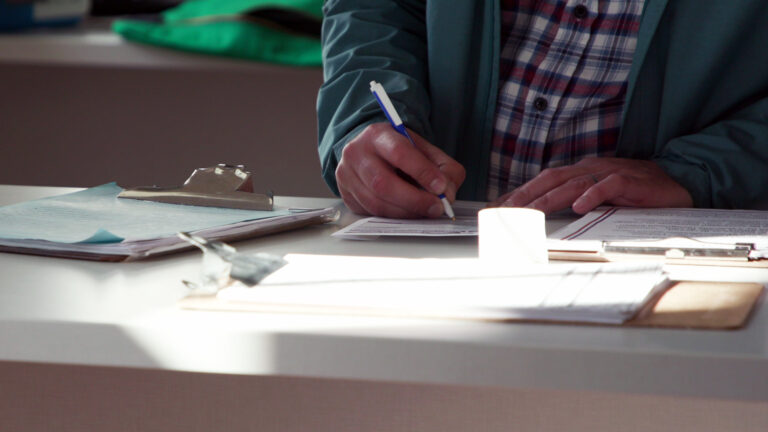
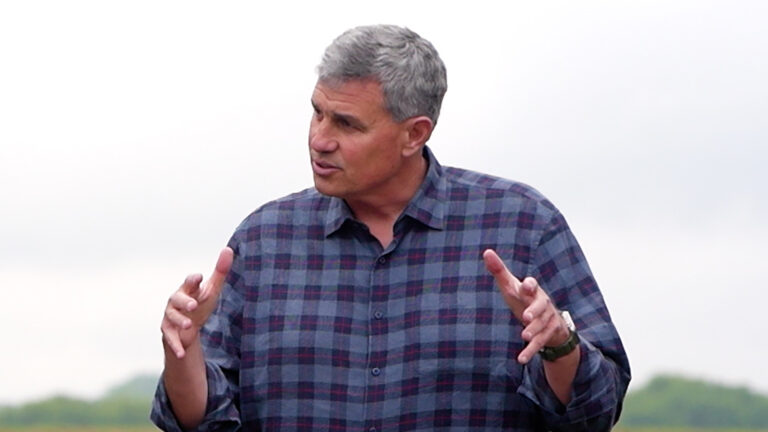
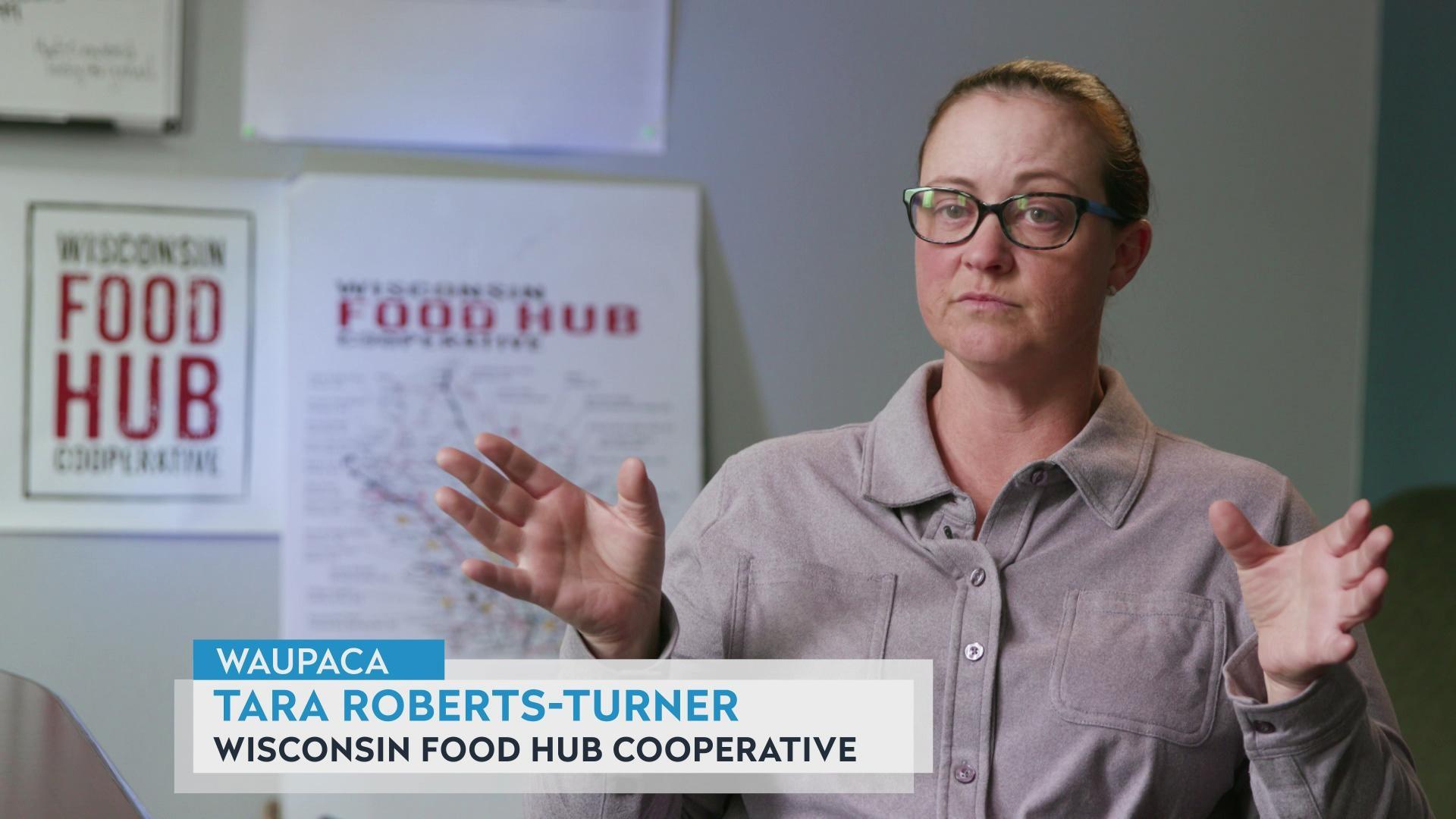
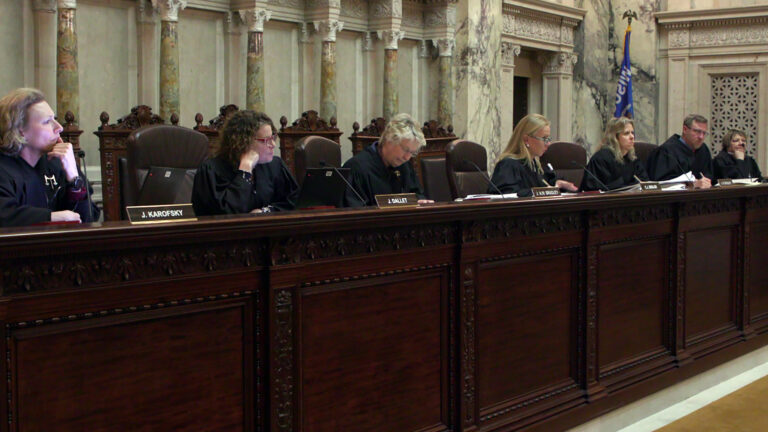
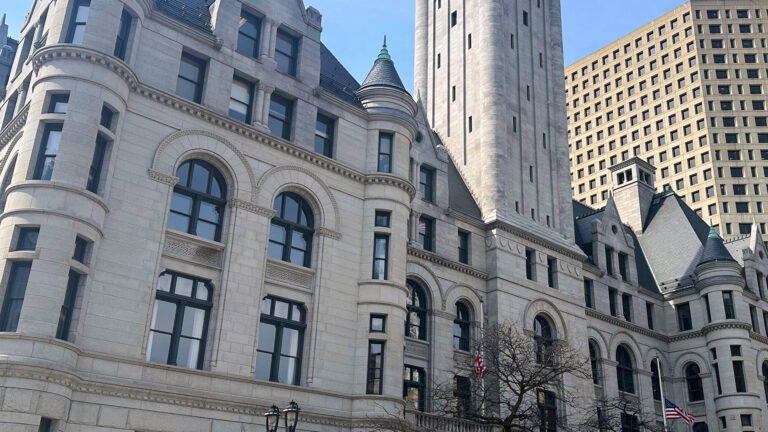
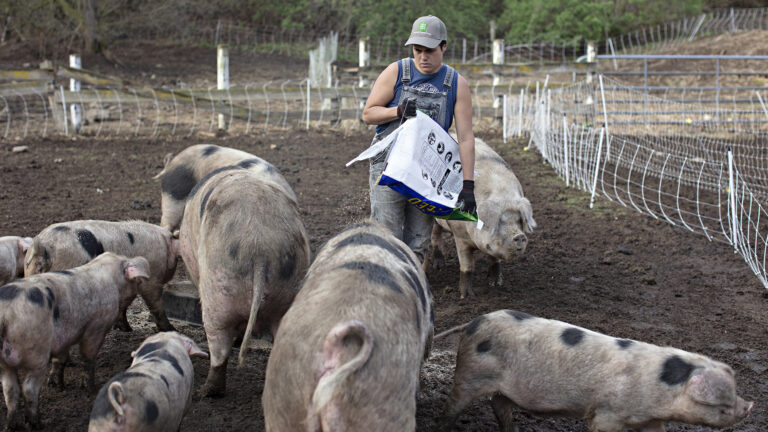
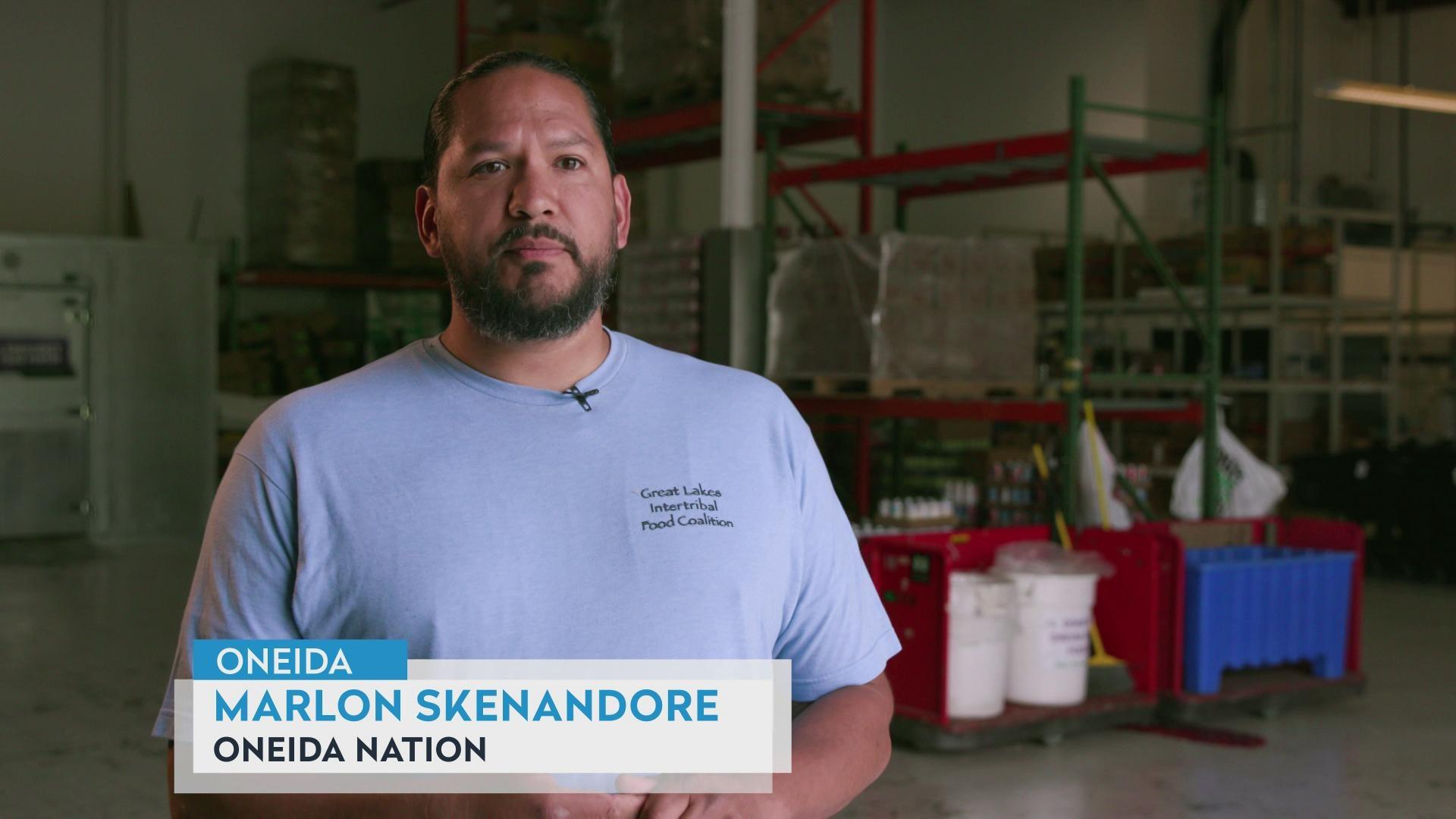
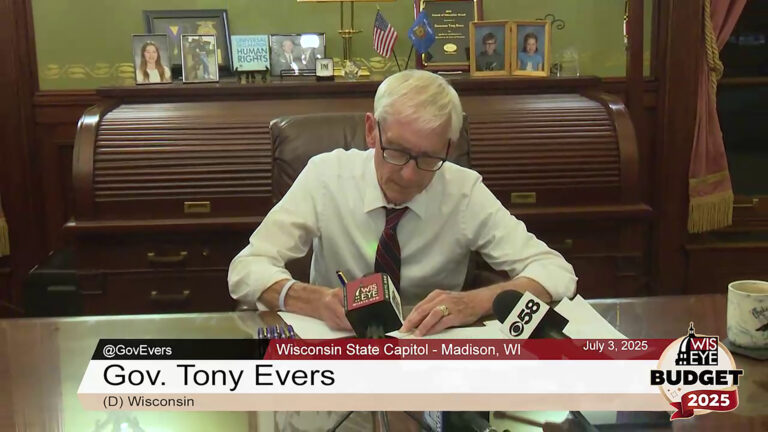

Follow Us